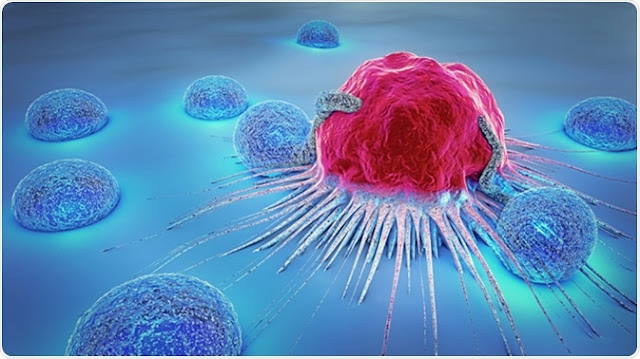Opioid Induced Constipation Treatment Involves the Administration of Naloxone Doses in Large Quantities to Reduce the Hardening of Stool
Imaging tests may be necessary to diagnose the patient’s condition and formulate an opioid induced constipation treatment plan. A colonoscopy is an examination of the colon with a scope. During this procedure, the doctor may take a sample of the colon tissue for testing to detect cancer or other problems. Doctors can also remove polyps. Another test for diagnosing constipation is colorectal transit studies, which involves consuming a small dose of a radioactive substance and watching for how long the radioactive substance passes through the colon.
Imaging tests can be helpful to
identify the cause of constipation. A colonoscopy, a process where the
physician looks into the patient’s colon using a scope, can be used to diagnose
colon cancer or other problems. In some cases, polyps may be removed. Other
opioid induced constipation treatments may include a colorectal transit study,
which involves consuming a small dose of a radioactive substance and monitoring
how long it takes to pass through the intestines. It is important for
clinicians to understand the causes of opioid-induced constipation (OIC).
Inflammation is a common side effect
of opioids and other pain medications. It can lead to constipation. While most
people who suffer from constipation don't need to seek opioid induced
constipation treatment, the symptoms may be serious enough to prompt a visit to
the doctor. Despite common misconceptions, constipation is a natural bodily
process that can be caused by any number of problems. Lifestyle changes are
often recommended to relieve the discomfort associated with constipation.
Increased fluid intake, a fiber-rich diet, and increased physical activity are
all beneficial for improving the condition. In some cases, medication may be
prescribed.
In addition to lifestyle changes,
doctors may perform imaging tests to find the causes of constipation. A
gastrointestinal tract biopsy is another procedure that may be performed to
diagnose colon cancer. Patients may need to undergo a rectal exam as part of
their opioid
induced constipation treatment if they have symptoms of constipation.
Depending on the symptoms, these tests could help doctors determine whether the
cause of the patient’s constipation is a bacterial infection or something else.
While there are no specific tests to
diagnose opioid-induced constipation, the presence of this symptom is a sign
that the patient is taking an opioid-containing medication. Symptomatic opioid
induced constipation treatment includes lifestyle changes and medication. The
doctor should determine the underlying cause of opioid-induced constipation in
order to determine the proper treatment. In some cases, the symptoms of
opioid-induced constipation may not be associated with other conditions. Nevertheless, the patient's condition may indicate
that he or she is experiencing a symptom of opioid-induced constipation.
Symptomatic OIC is not caused by
opioid use alone. It can occur as a symptom of other medical conditions, such
as chronic pain. Regardless of the cause, a physician should consider an opioid
induced constipation treatment option for patients. If the condition is not
triggered by an opioid, all types of laxatives may be used. The patient should be careful not to take
bulk-forming laxatives, which tend to increase the bulk of stools.
The most common opioid induced
constipation treatment is a combination of non-pharmacological and pharmacological
therapies. A physician should start laxatives and other bowel-movement agents
at the same time as an opioid. The symptoms of OIC should not be ignored, as it
is a serious side effect that can impact an individual's health. There are
numerous treatments available for opioid-induced constipation.




Comments
Post a Comment